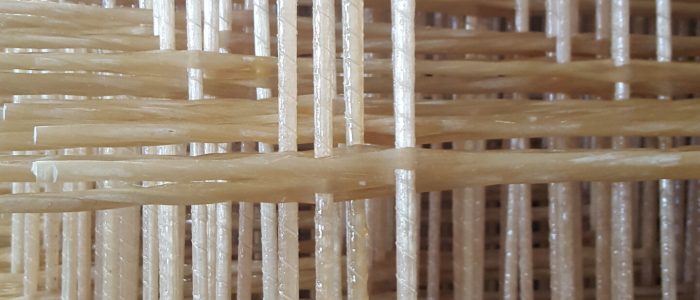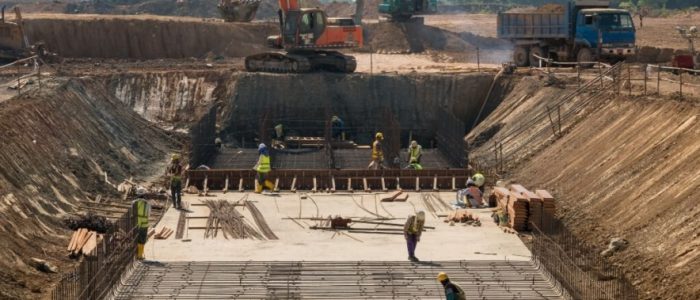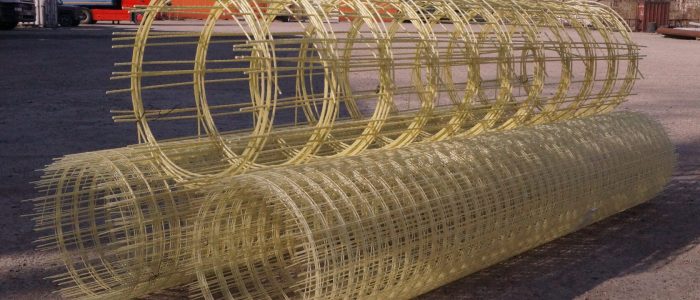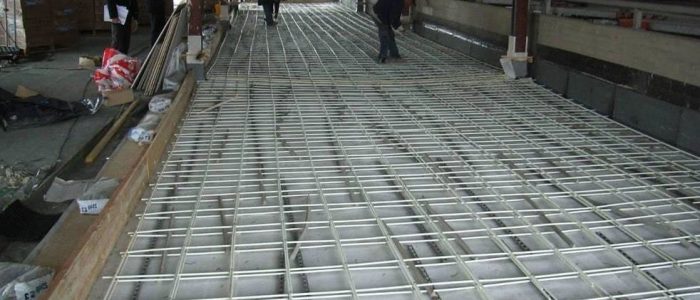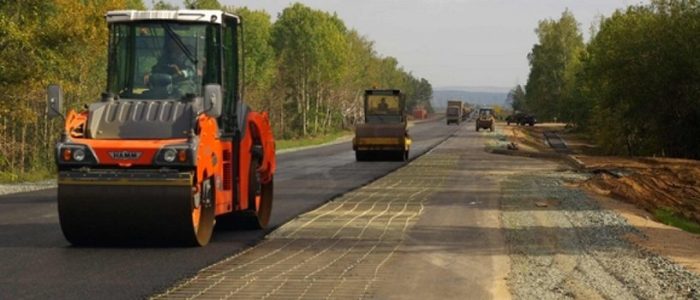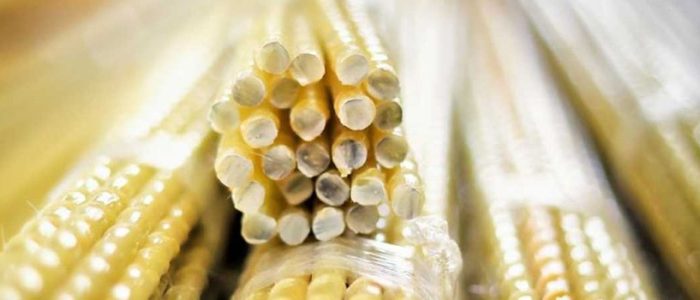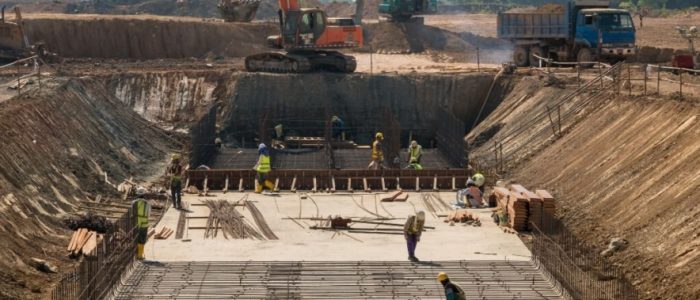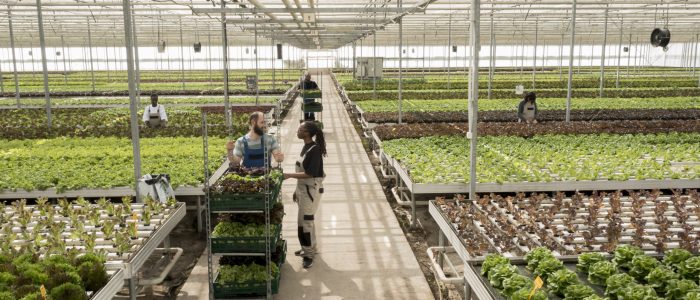Представяме ви GFRP огъната арматура
GFRP, или полимер, подсилен със стъклени влакна, е композитен материал, който има потенциал да бъде трансформиращ в различни строителни индустрии. GFRP арматурата е икономично, безопасно и дългосрочно устойчиво решение, предлагащо както първоначални, така и дългосрочни икономии на разходи. Арматурата от фибростъкло се радва на нарастваща популярност благодарение на многото ключови предимства, които предлага пред стоманената арматура. Изборът на FRP арматура е ангажимент към качество, иновации и инвестиция в безопасността на бъдещите обекти.

Промишлено строителство, обекти със специално предназначение
Елементи на железопътни траверси за високоскоростни влакове и подземни железници.

Жилищно и гражданско строителство

Пътно строителство
Строителство и укрепване на пътища, изграждане и реконструкция на мостове

Морски и пристанищни съоръжения, укрепване на бреговата линия

Армиране на бетонни конструкции и смесени стоманобетонни конструкции.

Изграждане на селскостопански съоръжения
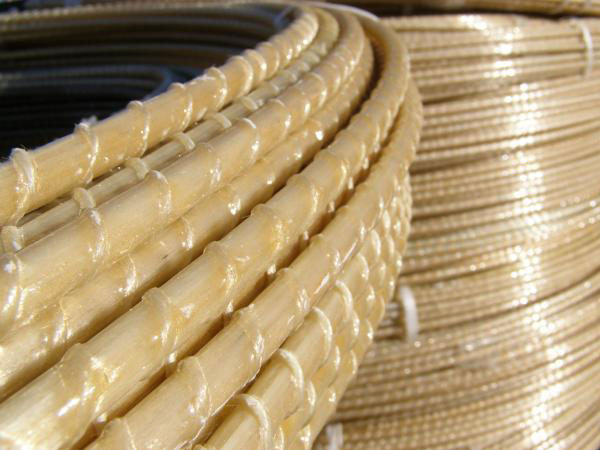
Предимства на композитната арматура
- Отлична устойчивост на корозия. GFRP арматурата ефективно устоява на корозия и затова може да издържи много по-дълго от стандартната арматура. Композитната арматура минимизира нуждата от поддръжка.
- Силно химически устойчив. GFRP арматура, устойчива на химически киселини, солеви йони и присъщите алкални основи на бетона, които причиняват преждевременно разрушаване.
- Лек. FRP арматурата е 9 пъти по-лека от стоманата, което я прави по-лесна за транспортиране и монтаж.
- Висока якост. Въпреки леките си свойства, GFRP арматурата предлага впечатляващо съотношение якост-тегло.
GFRP арматура срещу стоманена арматура
| Характеристики | GFRP арматура | Стоманена арматура |
|---|---|---|
| Устойчивост на корозия в агресивни среди | Некорозивен | Корозивен |
| Устойчивост на корозия | Висока непроводимост | ниско |
| Електрическа проводимост | Непроводим | Проводим |
| Топлопроводимост | ниско | високо |
| Якост на разтягане, MPa | 1300 | 390 |
| Якост на натиск, MPa | 550 | 400 |
| Якост на напречно срязване, Mpa | 220 | 300 |
| Якост на сцепление с бетон, Mpa | >20 | >12 |
| Крайна якост, % | 1.5 - 2% | 15% |
| Модул на еластичност, GPa | 65 | 160-200 |
| Плътност, кг/м3 | 2100 | 7800 |
| Работен температурен диапазон, ºС | –70…+160 | –70…+50 |
| Магнитни свойства | Диамагнетик | Диригент |
| Издръжливост | Не по-малко от 80 години | Според строителните норми |
Предимства на използването на GFRP арматура
- Икономически изгоден избор за строителната индустрия.
- Лекотата на арматурата от фибростъкло помага на изпълнителите да изпълняват проектите си с бързи темпове.
Конструкциите, подсилени с GFRP, не изискват поддръжка или каквито и да е основни рехабилитационни дейности.
GFRP арматурата представлява значителен напредък в строителните материали, съчетавайки висока якост, гъвкавост и устойчивост на фактори на околната среда. Използването ѝ в различни строителни проекти не само подобрява структурната цялост, но и създава нови възможности за иновативен дизайн и по-ефективни строителни практики.
Научете повече:
- Композитна арматура в САЩ
- Композитни технологии Оборудване за производство на GFRP в САЩ

